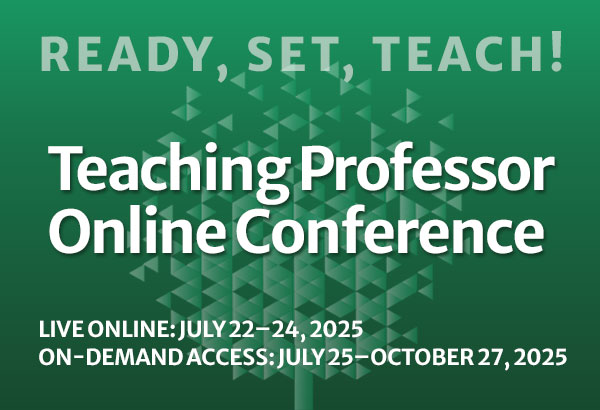Examining the Benefits of Cumulative Tests and Finals
With the academic year nearly over and final exams upon us, it’s a good time to consider how we assess student knowledge in our courses. Cumulative finals are still used in many courses, but a significant number of faculty have backed away from them because they are so unpopular with students, who strongly voice their preferences for exams that include only questions on content covered in that unit or module.



